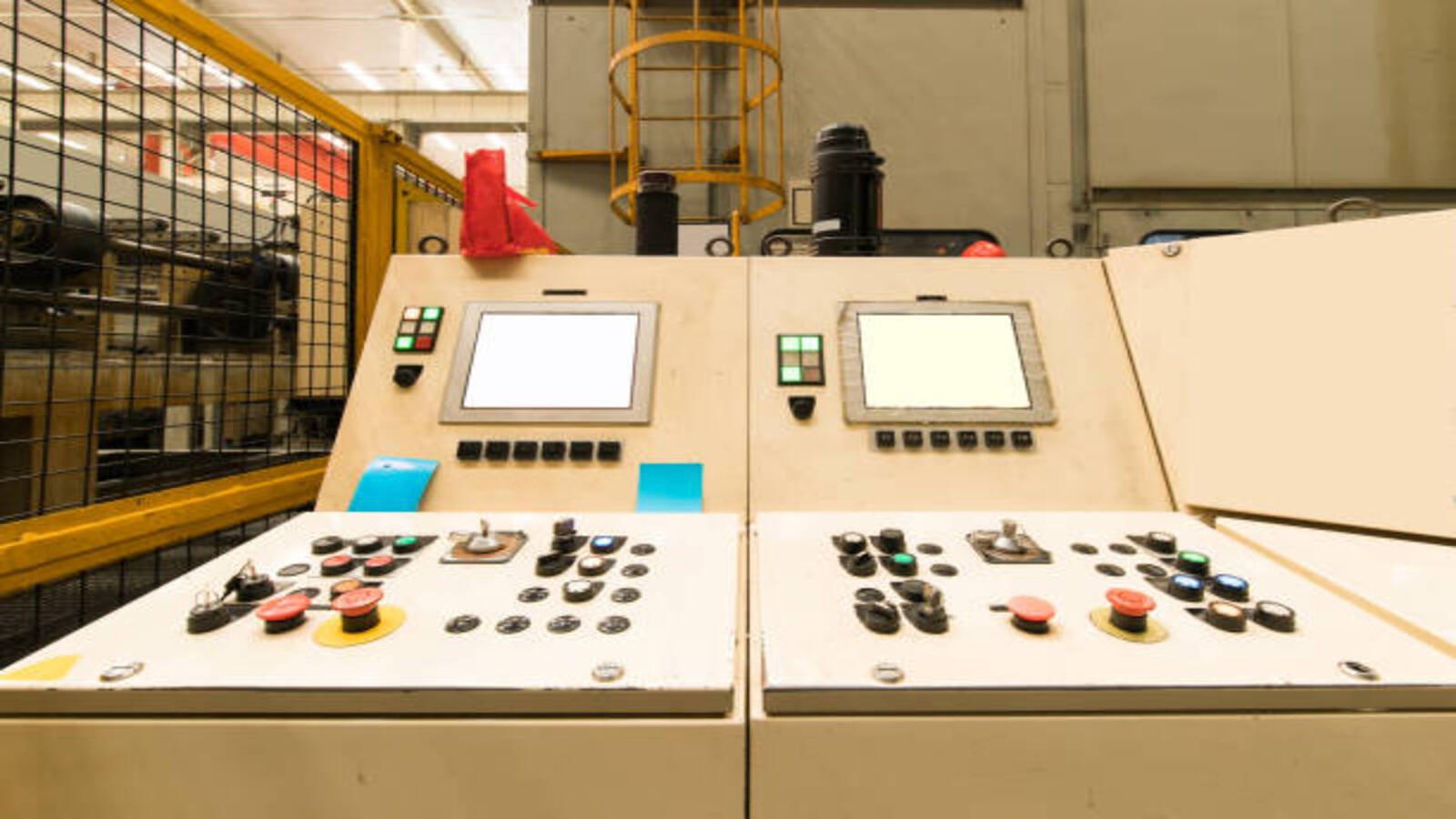Introduction
Metal fabrication is the process of turning raw materials into finished metal products. The techniques used in metal fabrication can impact the longevity and durability of switchgear components used in electrical distribution systems. This article will discuss some of the metal fabrication techniques used for creating durable switchgear components.
Cutting Techniques
One of the most important metal fabrication techniques is cutting. There are several techniques used for cutting metal, including flame cutting, waterjet cutting, and plasma cutting. The choice of cutting technique will depend on the thickness and type of metal being used. Flame cutting is often used for thicker metals, while waterjet cutting is ideal for thinner materials. Plasma cutting is a versatile technique that can be used for a range of materials with varying thicknesses.
Bending Techniques
Bending is another important metal fabrication technique used for creating switchgear components. The most common bending techniques include press braking and roll bending. Press braking involves applying external force to bend the metal, while roll bending involves using three rolls to gradually bend the metal into shape. The choice of bending technique will depend on the shape and thickness of the component being created.
Welding Techniques
Welding is a crucial fabrication technique that involves joining two metal pieces together. The most common welding techniques used in metal fabrication includes MIG welding, TIG welding, stick welding, and flux-cored welding. MIG welding is often used for thinner materials, while TIG welding is preferred for thicker materials. Stick welding is a versatile technique that can be used for a range of metal thicknesses, while flux-cored welding is ideal for outdoor or windy conditions.
Forming Techniques
Forming is a metal fabrication technique used for creating three-dimensional shapes and complex geometries. The most common forming techniques include stamping, punching, and rolling. Stamping involves pressing metal sheets into specific shapes using a die and a punch. Punching involves creating holes in metal sheets, while rolling involves shaping metal sheets by passing them through rollers.
Finishing Techniques
Finishing is the final step in metal fabrication and is used to enhance the appearance and protect the component from corrosion. The most common finishing techniques include painting, powder coating, and galvanizing. Painting involves applying paint to the surface of the component, while powder coating involves spraying a dry powder onto the component and then curing it in an oven. Galvanizing involves coating the component in a layer of zinc to protect it from rust and corrosion.
Material Selection
The choice of material used in metal fabrication can have a significant impact on the durability and longevity of the switchgear component. Common materials include stainless steel, aluminum, and copper. Stainless steel is strong and highly resistant to corrosion, making it an ideal choice for components that will be exposed to harsh environments. Aluminum is lightweight and versatile, while copper has excellent electrical conductivity and is often used in electrical components.
Quality Control
Quality control is an essential aspect of metal fabrication that ensures that the finished product meets the required specifications. Quality control measures include inspecting the raw materials before fabrication, monitoring the fabrication process, and inspecting the finished component. Quality control checks are performed at various stages in the fabrication process to ensure that the final product is of the highest quality.
Automation
Automation is becoming increasingly popular in metal fabrication. Automated equipment and machines can improve efficiency, reduce costs, and improve quality control. Automation also reduces the risk of human error and improves worker safety. The use of automation is revolutionizing the metal fabrication industry and is becoming more prevalent in the creation of switchgear components.
Conclusion
Metal fabrication is a complex process that requires a range of techniques to create durable and long-lasting switchgear components. Cutting, bending, welding, forming, finishing, material selection, quality control, and automation are all important aspects of metal fabrication. By using the right metal fabrication technique and materials, it is possible to create switchgear components that are durable, reliable, and long-lasting.

